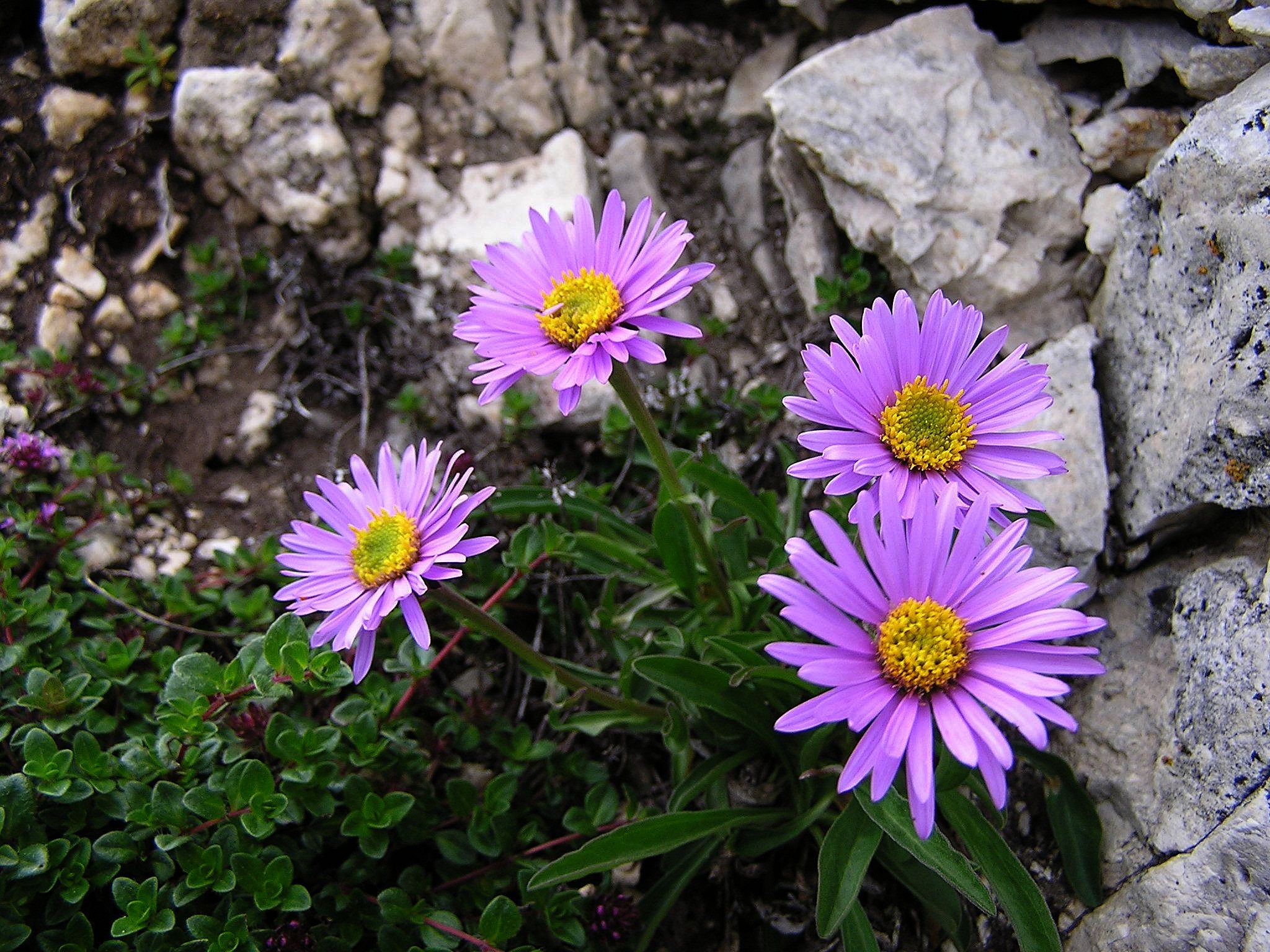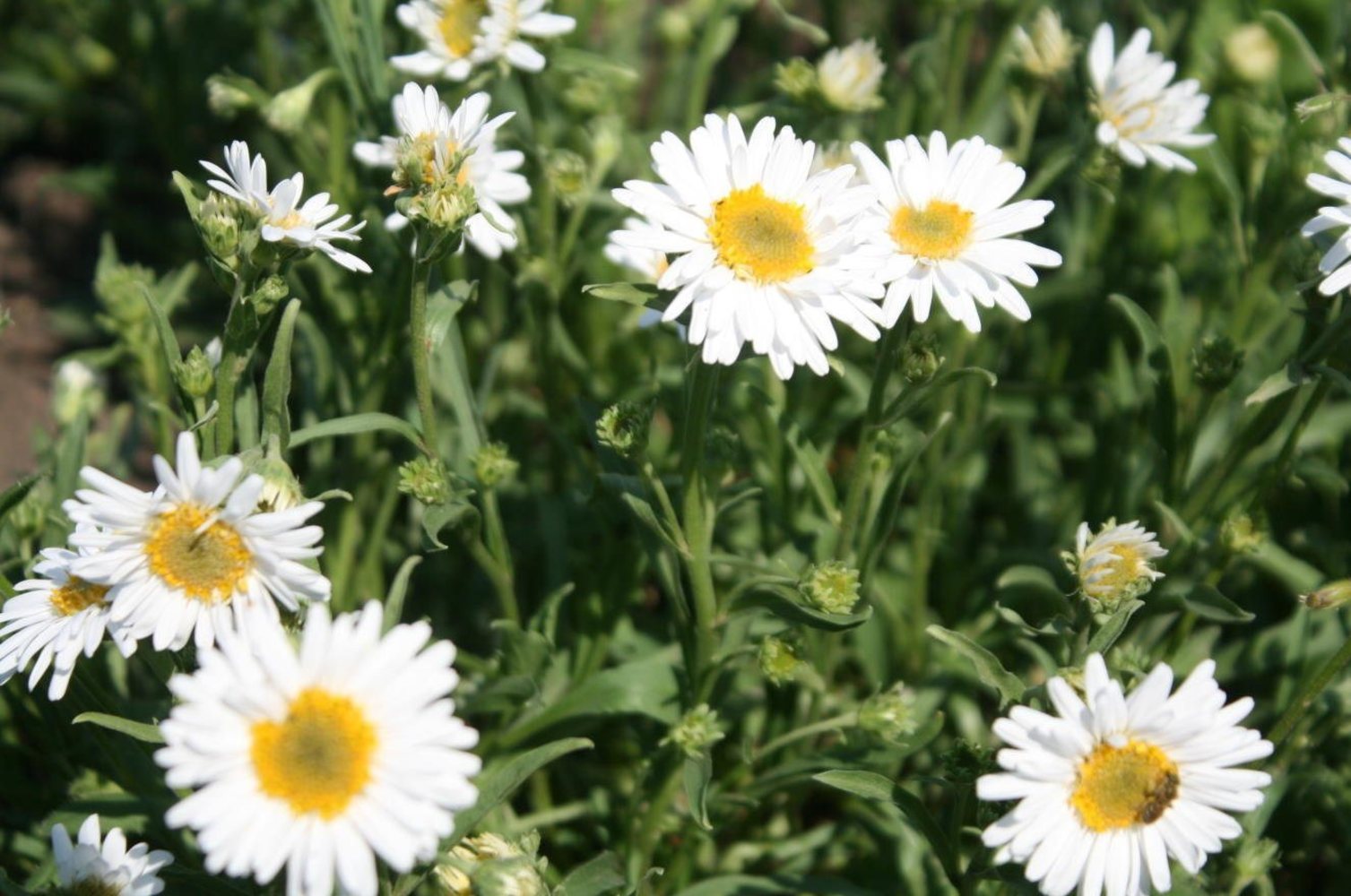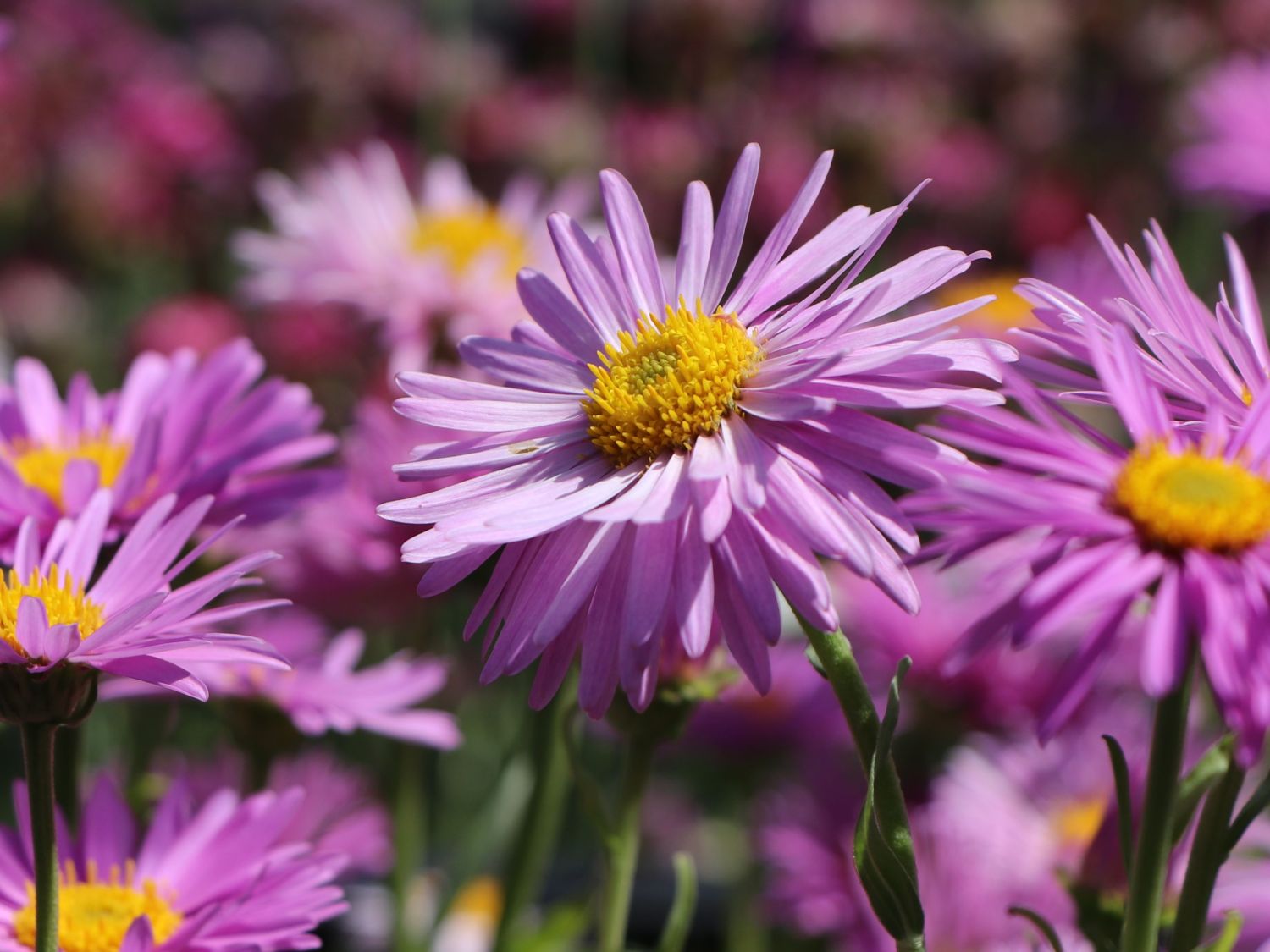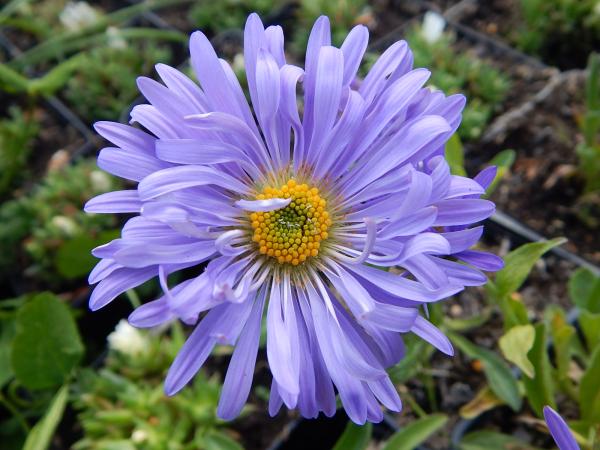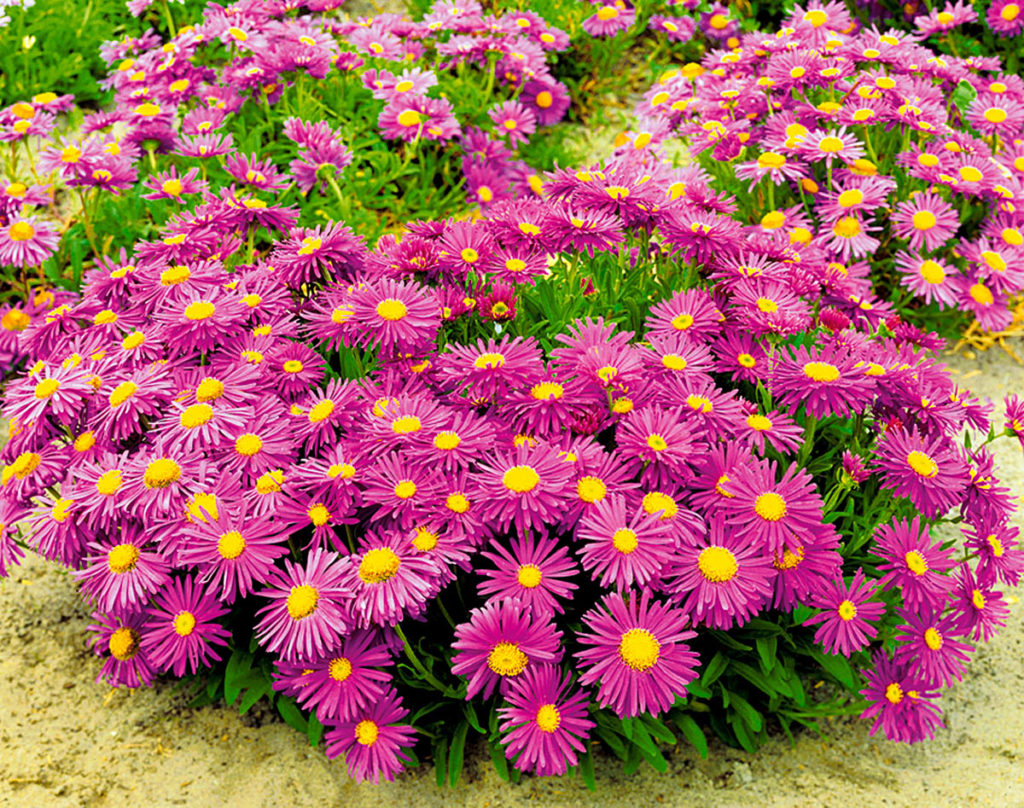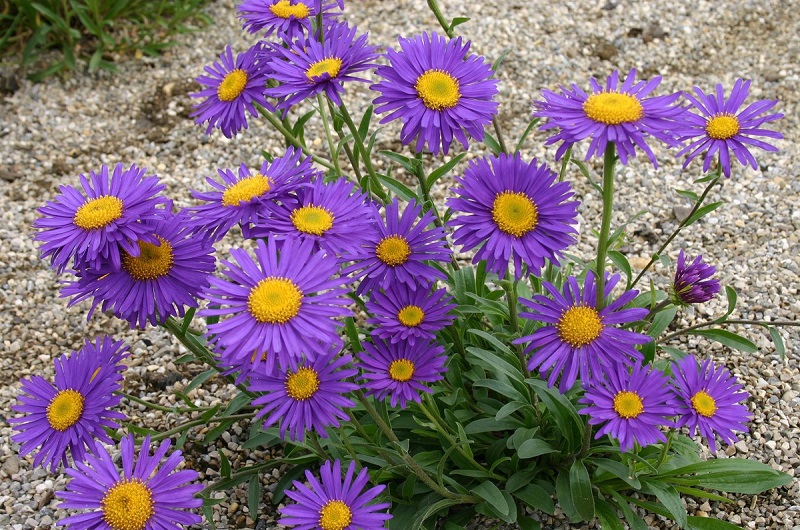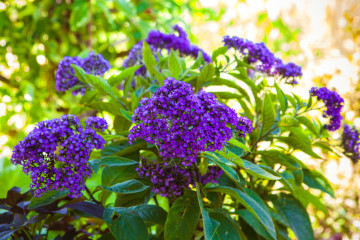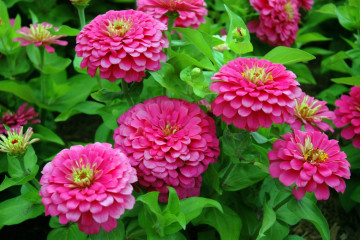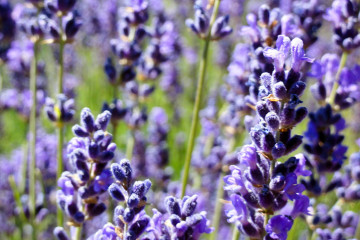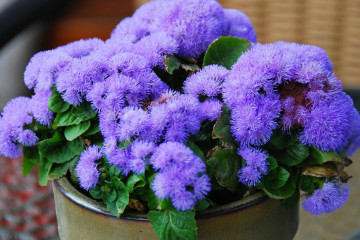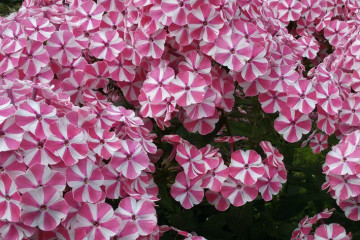Alpine aster (Aster alpinus) - growing from seeds
Content:
Alpine aster - it is also often called Korzhinsky's aster or false, and sometimes they are confused and called Alpine chamomile. This herbaceous ground cover flowering perennial has taken root in Russian gardens, since it is distinguished by rare vitality and a rich palette of shades.
What does the alpine aster look like
The flowers really resemble an ordinary annual, but this is where the resemblance to the classic aster ends. The rest of the plant has many interesting features.
The description of the plant says that the herbaceous perennial aster grows up to 35 cm in height, but there are dwarf varieties only 10 cm high.Stems and obovate leaves of a dark green color can be pubescent.
Inflorescences are single baskets at the ends of erect stems up to 5.5 cm in diameter. It blooms with white, pink, lilac, purple flowers from June to August. The early varieties bloom in May and bloom until July, and the late ones only bloom in July, but continue to delight the eye until the very frost. Seeds with a white tuft are formed from wilted flowers, ripening by September.
In culture, various varieties have been bred that have one predecessor, described by Karl Linnaeus in 1753. In total, three wild varieties of alpine asters are known:
- Serpentimontanus (snake) is a herbaceous perennial plant 8-10 cm high, flowers 3.5-4 cm in diameter, pinkish-purple with a yellow core, prefers gravelly and stony slopes near rivers;
- Tolmatschevii (Tolmacheva) - differs from Zmelinogorskaya in an even larger flower completely painted in a yellow shade;
- Vierhapperi is the tallest variety up to 35 cm high, blooms with pink flowers from June to July, found in Eastern Siberia, Alaska, Western Canada, Colorado.
In its natural environment, the Alpine aster is widespread in Russia (listed in the regional Red Data Books) and in Europe, as well as in Asia, China, and North America. Cultivation began in the 16th century. The ground cover goes well with many annuals, but for the most part it has found application in the creation of rock gardens.
Popular varieties of white, blue, pink species
The required shade can be found among both early and late varieties. The choice is wide enough, and on average, each variety blooms for 35-40 days.
Albus is a white semi-double aster with a yellow curly core, blooming from June to July. Height - from 15 to 20 cm. Flowers up to 4 cm in diameter. Prefers partial shade and moderate watering.
Happy End is a fairly tall variety and very popular, up to 30 cm high, blooming with bright pink or violet-blue flowers with a yellow center (up to 4 cm in diameter) from May to June. Greens do not lose their appearance even after the onset of frost.
Goliath - the variety got its name for its very large (up to 6 cm in diameter) flowers, the shade of which can vary from pale pink to sophisticated lilac-blue (cornflower blue). Bushes up to 20 cm high. Flowering lasts all June.
Ruber - the variety has a standard foliage for this type, flowers (up to 4 cm in diameter) have a bright crimson color. Early flowering - covers May and June.Bushes grow up to 30 cm high, and grow up to 50 cm wide.
Violetta is a new hybrid variety, belongs to the blue variety of Alpine asters (blue). It blooms from May to June with lush cornflower blue flowers (up to 5 cm in diameter). The height of the bushes is up to 40 cm. Suitable for cutting.
Dunkle Schone is perfect for fans of purple paints. On bushes up to 30 cm high, many flowers (up to 5 cm in diameter) bloom in a rich purple hue. The foliage during seed germination is at first grayish, and then becomes dull green.
Perennial alpine aster: growing from seeds
Growing in this way is simple, but long: the waiting time for seedlings is from 3 to 4 weeks, which is important to consider when planning plantings.
Planting capacity and soil
The depth of the root system is up to 30 cm, so containers for container growing are taken 35 cm high (with a margin for drainage). For seedlings, cups 10-15 cm high are suitable.
They take fertile soil, adding humus, peat and sand in equal parts to it. Additionally, dolomite flour is introduced (can be replaced with crushed eggshell).
Seed preparation and sowing
Sowing is carried out with the deepening of each seed by 1 cm. The soil is watered abundantly and covered with glass or film to create a greenhouse effect.
Seedlings appear at a temperature of + 15-18 ° C. Between the seeds, it is advisable to immediately maintain a distance of 20 cm in the open field, and in containers so that it is easy to dive.
Timing
If the seedling method is chosen, then the sowing is carried out in February.
It is sown in open ground in early May or a little earlier in more southern regions (Krasnodar and Stavropol Territories). If you delay sowing, then flowering will come only next year.
How to care for seedlings
Seedlings dive at the stage of 2-4 true leaves. If seedlings appeared in the first half of March or even earlier, then additional lighting is necessary (daylight hours - 10 hours).
Water sparingly when the soil dries well. 7-10 days before transplanting into open ground, hardening begins from half an hour a day, gradually increasing to 2-3 hours.
Landing in open ground
Seedlings are planted in a flower garden when the threat of frost, which is extremely destructive for young asters, has passed by 100%. If spring is late, then you can plant it under the film, which is removed after a week.
Planting in a seedless way
On sale you can easily find alpine aster bushes of various colors, presented in containers.
This is an excellent planting material that can be purchased at any time from May to September and immediately planted in a permanent place. It is more often chosen, since it is quite troublesome to grow seedlings.
Sowing in open ground is carried out in early May, maintaining an interval of 20 cm between individual plants. After the emergence of seedlings, they are watered only as needed, since waterlogging is destructive for them.
How Alpine perennial aster reproduces
Alpine aster reproduces easily in a vegetative way. In the summer, it is cuttings, and in September, 3-4-year-old bushes are divided.
- Dividing the bush
As soon as the bush reaches the age of 3-4 years, it can be dug up in September or May, carefully dividing it into 2-3 parts, in order to immediately plant it in new places. The procedure is strictly recommended, since the overgrown bush begins to age, lose its decorative effect, the flowers become smaller.
- Cuttings
The technique is used for breeding elite varieties.
Take a branch 6-8 cm long with 2 growth points. The soil is mixed with ash, sand and peat and the containers are filled in which the cuttings are rooted (buried 4 cm). The term for the formation of roots is 4 weeks, after which they are immediately planted in a permanent place.
The transplant is carried out into individual planting holes, which are dug at a distance of 20 cm from each other or more.The roots are covered with fertile soil, and then mulch well so that you do not have to loosen the soil and weed it often.
Features of caring for Aster alpinus at home
If growing in a container on a windowsill is chosen, then several important rules should be followed. For the so-called alpine chamomile, cultivation, care, and transplantation at home are quite simple.
For seed germination, a temperature of + 15-18 ° C is sufficient (3-4 weeks). If the temperature is higher, then the seedlings will appear earlier. At + 20-22 ° C, the plant feels great for most of the year. In winter, during the dormant period, a decrease in the range from 0 to + 10 ° C is needed.
Water the pots only when the soil dries out from above to a depth of 5-10 cm. The bay is detrimental to the root system.
Sprinkling is not required, but in general the bushes react positively to it if the plant is near a source of fresh air (on the balcony or by an open window).
A normal indoor humidity level (50-60%) is optimal for asters.
The soil is prepared fertile and loose. Loosening components are necessarily introduced into it: sand, small pebbles, and also peat. Asters need calcium to feed them, so dolomite flour or crushed eggshells are mixed into the soil.
Complex mineral fertilizer is given 1-2 times per season, since the plant is a slow-growing plant and can wither away from an excess of fertilizers.
When and how it blooms
On average, each variety blooms for 30-45 days.
The inflorescence is a basket, in which the central tubular flowers have short yellow corollas, and the outer tier is formed of long flowers of pink, white, blue, purple. Some hybrids may have a completely single shade of a basket.
In shape, the inflorescence is usually similar to a chamomile, in which long petals can have a simple shape, pointed, with a wavy edge.
Most of the varieties available for free sale bloom in May-June, but in nurseries you can find others, blooming towards the end of summer.
When the bushes are in bloom, their water consumption increases significantly. If the rest of the time, with a sufficient amount of rain, the planting can not be watered at all, then during flowering, watering is necessary every week. Dry flowers, if seeds are not needed, are removed to make the bushes look more beautiful.
Possible growing problems
In general, with proper agricultural technology, the Alpine aster does not cause trouble. The causes of potential problems are well understood.
If the green part of the mountain asters begins to turn yellow, then this indicates that a disease has attacked the plant or it dries up. Preventive treatment with a suitable preparation is carried out, watering is increased.
You can often see traces of powdery mildew on the bushes. Its source is excess nitrogen in the soil and damp weather. Reduction of watering and treatment with Topaz helps, and in the fall the bushes are sprayed with a solution of copper sulfate.
Few flowers and a pale appearance indicate a thickened planting. With an excess of moisture, asters wither and quickly die. If the planting site is chosen too dark, then the buds may not form at all.
Alpine aster is a perennial beloved by gardeners, diverse in shades and sizes of bushes. You can choose an interesting variety for each garden!
